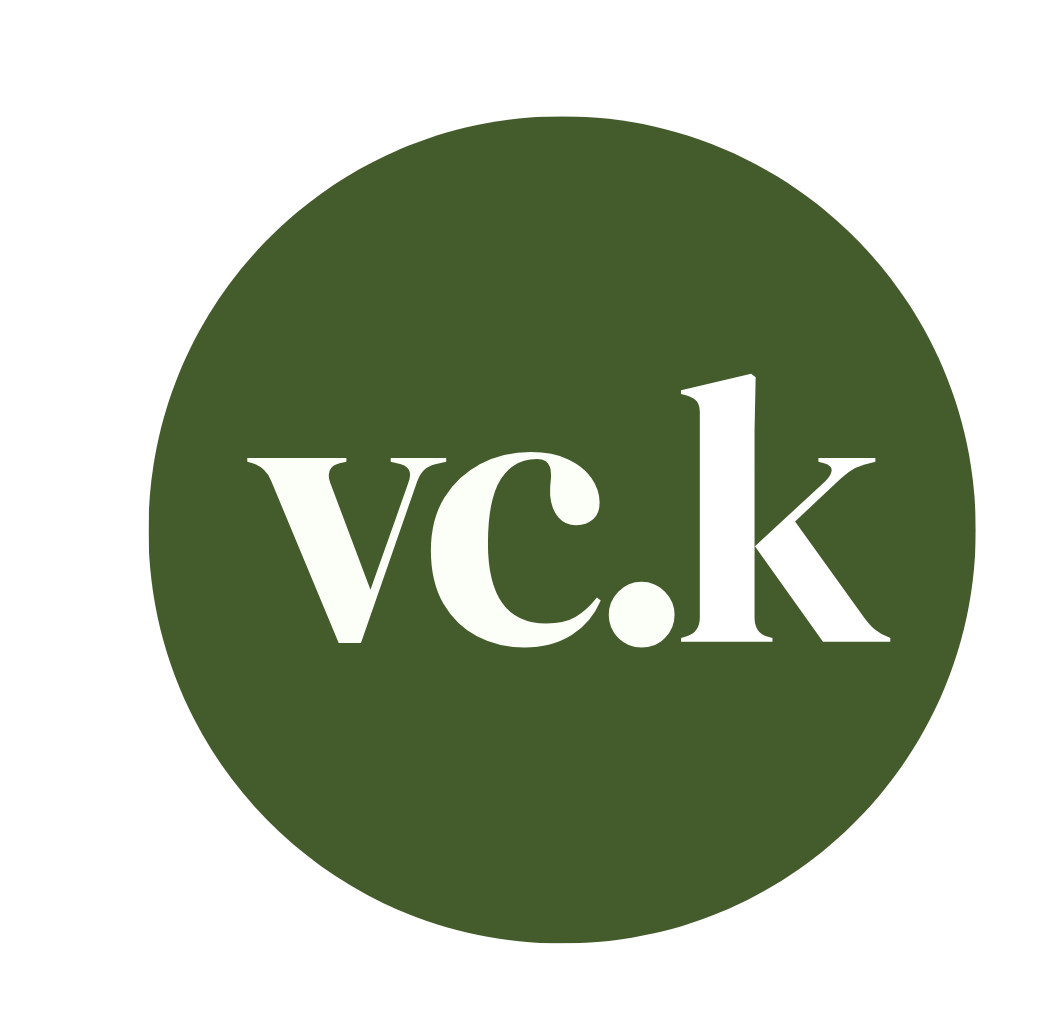Frequency
Digital Product MVP journey
Fall 2023- Spring 2023

My Role
In this project, I was labeled the technical lead but I believe that my partners and I on this team served much more than our titles on this project.
Project Overview
Frequency is a service that helps businesses, specifically client and agency partners, manage and maintain healthy work relationships with quick customizable check-in questions.
What makes it so easy is the questionnaire on our website that quickly guides you through the creation process. Frequency makes creating check-ins easy, but it also helps by sending the check-in questions via text message.
Using AI, Frequency does the rest of the work. Our AI system uses previous responses to send questions at times that people are most likely to respond. Along with that, the system compares responses based on who works best with whom, aiding managers in forming successful teams.
Frequency updates you on low-rated responses and overall relationship statuses as well as allowing you to learn more about your work relationships, take action to prevent any further damage, and help manage the relationships you already have.
The Problem
In the beginning, my group and I were tasked by Kevin Planovsky our client/project consultant (the principal account strategist at Vert), and Chris Gerlach (our professor and guide) to come up with a product that uses AI to solve a problem in a way that hadn’t been done before.
In hindsight, I wish I could have told me from the past a few things.
One, don’t hang on to any idea too tightly. Change in a project like this is inevitable, so reason and adaptability will be my greatest guides.
Two, don’t procrastinate because it won’t work.
Three, trust and communicate with your group because not everything will go to plan.
Let’s continue.
Discussing the concept of this product only grew more and more as one really big idea. Ultimately, we realized that scope creep was becoming a real issue and we needed to bring our project back down to a form that would be achievable.
Solution
We became Frequency a check-in service that helps users preserve their working relationships. I will explain how Frequency works by telling you how the final 1.0 iteration of our product came to be.
We stuck with our big idea and decided to go on the path of displaying the product’s capabilities by creating an expansive user experience prototype using Figma and no code.
This became our Alpha. Let’s take a tour.
Alpha
Below is the full Alpha prototype built using Figma. To interact with it click the photo> follow the link to Figma> Click play and begin exploring or continue as I show the key features we built for the Alpha.

To begin using the service, below is our account creation and team creation page that ideally would allow users to join their company’s group or display as an independent to send and receive check-ins, view data, customize, and more.

Next, was our home page with many metrics and a complex nav bar to help navigate the service at any point. As you can see, the features we created were a number of active check-ins, clients, check-ins completed, client status, and more. One thing to note is that we are showing the experience of an Agency using the service for their clients. If you go into the prototype to explore you will notice we created the experience for the Client POVtoo.

Once you create an account and explore a bit, you can see that creating a check-in is one of the main features here in the Alpha. It is a simple drag-and-drop creation page through carefully selected and recommended questions by the service using the AI’s analysis power categorized into communication, collaboration, and relationship. Ideally, the more the service is used the better the AI would be able to read the language and responses to recommend better questions.

Next, a check-in is sent out via SMS to be taken by the client. An example of how that would be done is demonstrated below with an onboarding text that is followed by instructions until completed.

Lastly, below we are showing a display of data. This view is customizable by day, week, month, client, specific check-in, and even question over time.

This Alpha was used for our first in-depth user experience testing. I believe it was a success as we were able to use that information to help us make our next decisions.
In the short time we had, we realized that functionality would be more valuable for the product rather than continuing to expand the initial idea’s potential through the current minimal prototyping method. This would mean shifting our priorities to function over design. We began to switch to this idea by ideating a new iteration of the product that would contain 3 functioning features by the end of November.
The three functions we ended up prioritizing were account/team creation, check-in creation, and a method of sending and receiving those check-ins (SMS, email, the site, etc.)
The three roadblocks we came to were those of paywalls in order to reach the full extent of function that we were looking for. In this case, we decided to create a minimally functioning prototype to show what Frequency is thus far.
Enter our Beta.
Beta
Here is the home page designed to help navigate to the 3 features.

The first feature that we have is account creation.

Next, is the check-in creation which is a carefully worded quick questionnaire that helps create check-in questions that will be periodically be sent out to the receiving user. We plan to further develop the check-in creation by expanding the questionnaire or incorporating AI to help.

As you can see below, in the Beta the check-ins are sent using email. We are looking to set up an SMS system to send and receive the check-ins in a faster more accessible way. This photo shows a user receiving a check-in. It is one question. This helps make it a brief task that is done periodically.

The next photo shows what happens if there is a concerning answer recognized from a check-in. The system notified the end with a link to the data view in the service.


Here is the display of data that is interactive! You can see there was a dip and why. Crucial to allow the user to decide if they want to address the answer to prevent their working relationship from being damaged or even ruined.
The Results
The 1.0
Throughout the next semester, we worked on a few things to officially launch Frequency and get to this concept.
The first thing we did was open the service on an official website domain. Frequency is now proudly hosted on
Here we began by replicating the site we had previously hosted the Beta on and moved it all here. Thus far we had pieced together freemium versions that were manipulated by us. This is when we began looking and working on the legitimacy of the site’s user follow and functionality.
We began to research the different features and the possibilities they held. This is what we found. When it came to the account creation ultimate member seem to be our best plan when using WordPress. We further dug into how we can leverage it within the user experience from hiding certain information on the site for those with and without an account to the access of features for those who hold an account.

Next, we turned to researching how to refine our check-in questionnaire to best fit the needs of our users. The check-in questionnaire helps the agency personnel to quickly address their needs. With guidance from Kevin Planovskey, we created a list of categories of concerns and questions tailored to the needs of said agency user.
After creating an account creation process and finalizing the check-in questionnaire we reached the last feature, SMS. After much research, demos, trials, and error, we were mildly successful and found the best options moving forward for the product and for that of our user testing.
User Testing
Conducted by Team Frequency on the Beta site (usefrequency.io) with a focus on agency-to-client relationships.
The Goal: Identify ways to improve the client’s experience.
- Findings based on a sample of 1 male and 1 female client from the target market (agency and client personnel).
- Findings collected and mapped according to specific participants: check-in question, participant’s answer, time sent, time received, and follow-up response messages.
Interpretation of our findings:
- No significant difference in responses due to variety of introduction messages or follow-up responses.
- Times messages were sent influenced response times.
- Response times varied for each participant.
Conclusion:
- Information can help calculate optimal times to send messages for future check-ins if participants continue using the product.

